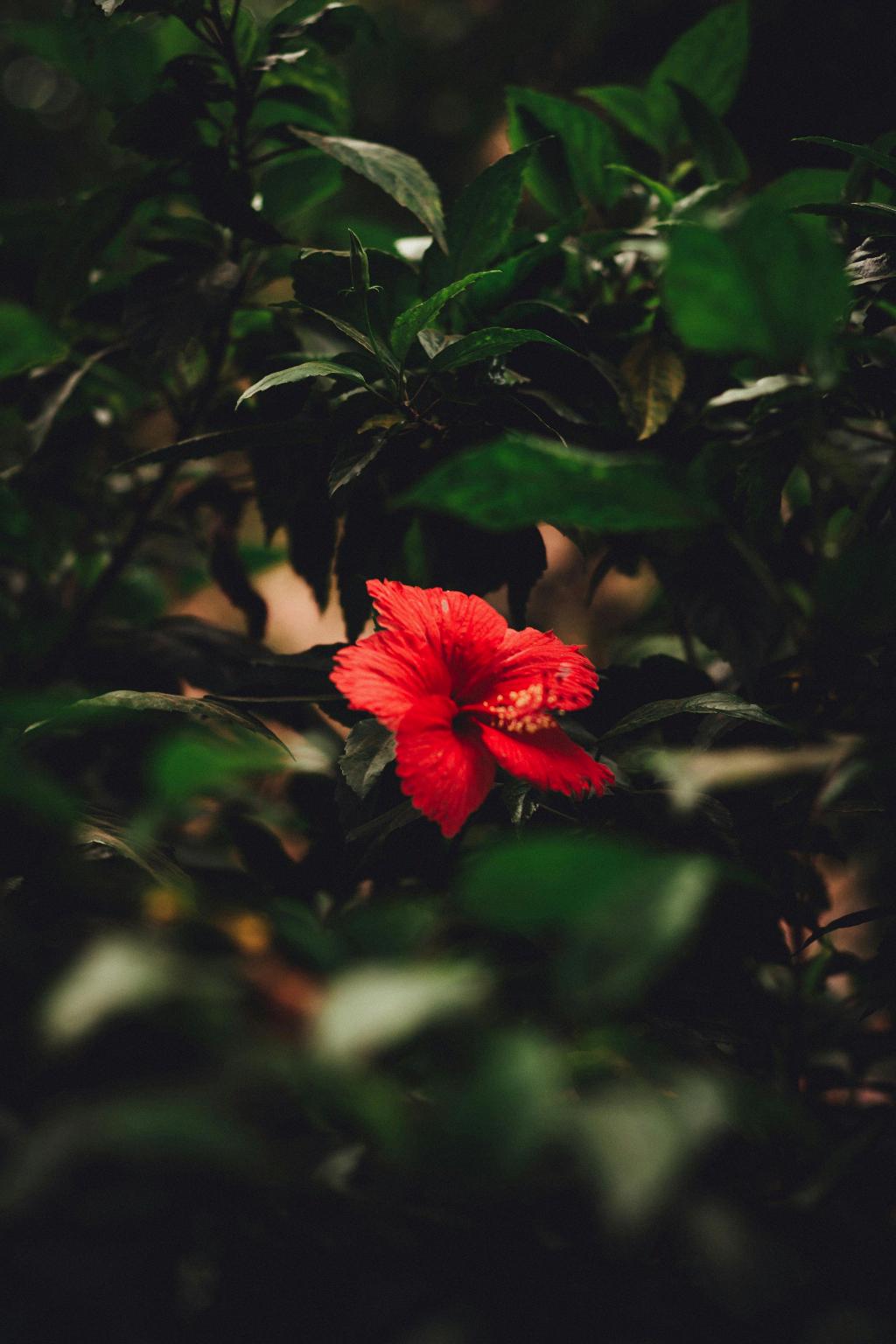As the weather starts to cool down and the leaves begin to change color, many gardeners start to wonder when is the right time to bring their hibiscus plants indoors. It’s important to keep in mind that hibiscus plants are tropical in nature, so they are sensitive to cold temperatures.
One key factor to consider when deciding when to bring your hibiscus inside is the timing of the first fall frost in your area. The Chicago Botanic Garden suggests that you should move your hibiscus indoors well before the threat of the first fall frost to protect it from cold damage. This typically means bringing your hibiscus indoors in late summer or early fall.
While it’s essential to consider the outdoor temperature, you should also pay attention to the nighttime temperatures. Even if the days are still warm, if the nights are starting to get chilly, it’s a good indicator that it’s time to transition your hibiscus indoors.
Another factor to keep in mind is the location of your hibiscus plant. If your hibiscus is in a container, it’s easier to move it indoors when needed. However, if your hibiscus is planted in the ground, you may need to take extra precautions to protect it from colder temperatures.
It’s crucial to acclimate your hibiscus to its new indoor environment gradually. Sudden changes in temperature and light can shock the plant and lead to stress. Before bringing your hibiscus inside, consider placing it in a shaded area outdoors for a week or so to help it adjust.
Once your hibiscus is safely indoors, make sure to place it in a location that receives plenty of sunlight. Hibiscus plants require at least six hours of sunlight per day to thrive. If natural sunlight is limited, supplement with grow lights to ensure your hibiscus stays healthy during the winter months.
While hibiscus plants enjoy warm temperatures, it’s essential to remember that they also need proper air circulation. Avoid placing your hibiscus near drafty windows or vents, as this can lead to temperature fluctuations that may harm the plant.
Regular watering is crucial for your hibiscus plant, even when it’s indoors. Check the soil regularly and water when the top inch feels dry to the touch. Be mindful not to overwater, as hibiscus plants are susceptible to root rot.
During the winter months, hibiscus plants enter a period of dormancy. This means that they require less water and fertilizer. Reduce the frequency of watering and avoid fertilizing your hibiscus until the spring when it starts actively growing again.
As spring approaches and the risk of frost diminishes, you can start acclimating your hibiscus to outdoor conditions once again. Gradually reintroduce your plant to sunlight and outdoor temperatures to prevent shock and help it thrive during the growing season.
In conclusion, the ideal time to bring your hibiscus indoors is before the first fall frost, typically in late summer or early fall. Pay attention to nighttime temperatures, acclimate your plant gradually, provide adequate sunlight and air circulation, and adjust your watering and fertilizing practices during the winter months. By following these guidelines, you can ensure that your hibiscus plant stays healthy and vibrant year-round.

